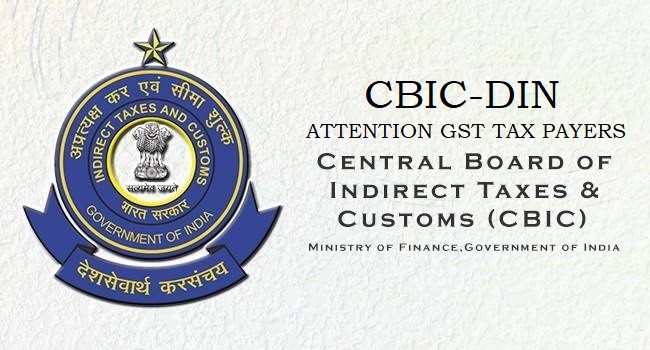All communications with central board of indirect taxes and customs (CBIC) must now generate a Document Identification Number (DIN) starting from November 8th. This includes all search authorizations, summons, arrest warrants, inspection notice and most importantly letters issued by CBIC.
The Circular of Notice
CBIC issued the new policy to achieve a transparent and benefiting system. Further, with global digitalization wide-spreading the CBIC is implementing a system for the electronic generation of a DIN for all communications between personnel and a taxpayer or a concerned citizen. Circular emphasized details of mandatory scheme and outlined the circumstances under which the forgone might be excused. Additionally, it explained the generation process for the authorized officer issuing the generated DIN number.

CBIC Implementing the Obligatory DIN Policy
Following the same policy executed by direct tax comprising of Income-tax, corporate tax, etc., CBIC brought a mandatory generation of DIN into force. Presently, CBIC implemented it by issuing the notification under section 168(1) of the CGST Act, 2017 and Section 37B of the Central Excise Act, 1944.
The letter issued under the department of revenue specified that any communication issued on or after the stated date will not be entertained without a valid system-generated DIN number.
Benefits of CBIC- DIN
This is an attempt to protect GST taxpayers from any harassment by government officials. Further, easier verification of documents likely through CBIC-DIN, like DIN. Moreover, mandatory citing of this 20-digit unique number in the body of any such communication with CBIC. Importantly, it would maintain a digital directory that helps achieve a proper audit trail of the communications. Consequently, the DIN might be shared with other communication of the tax payers.
In conclusion, many experts agreed that this a prompt step may increase transparency in government transactions and communication.